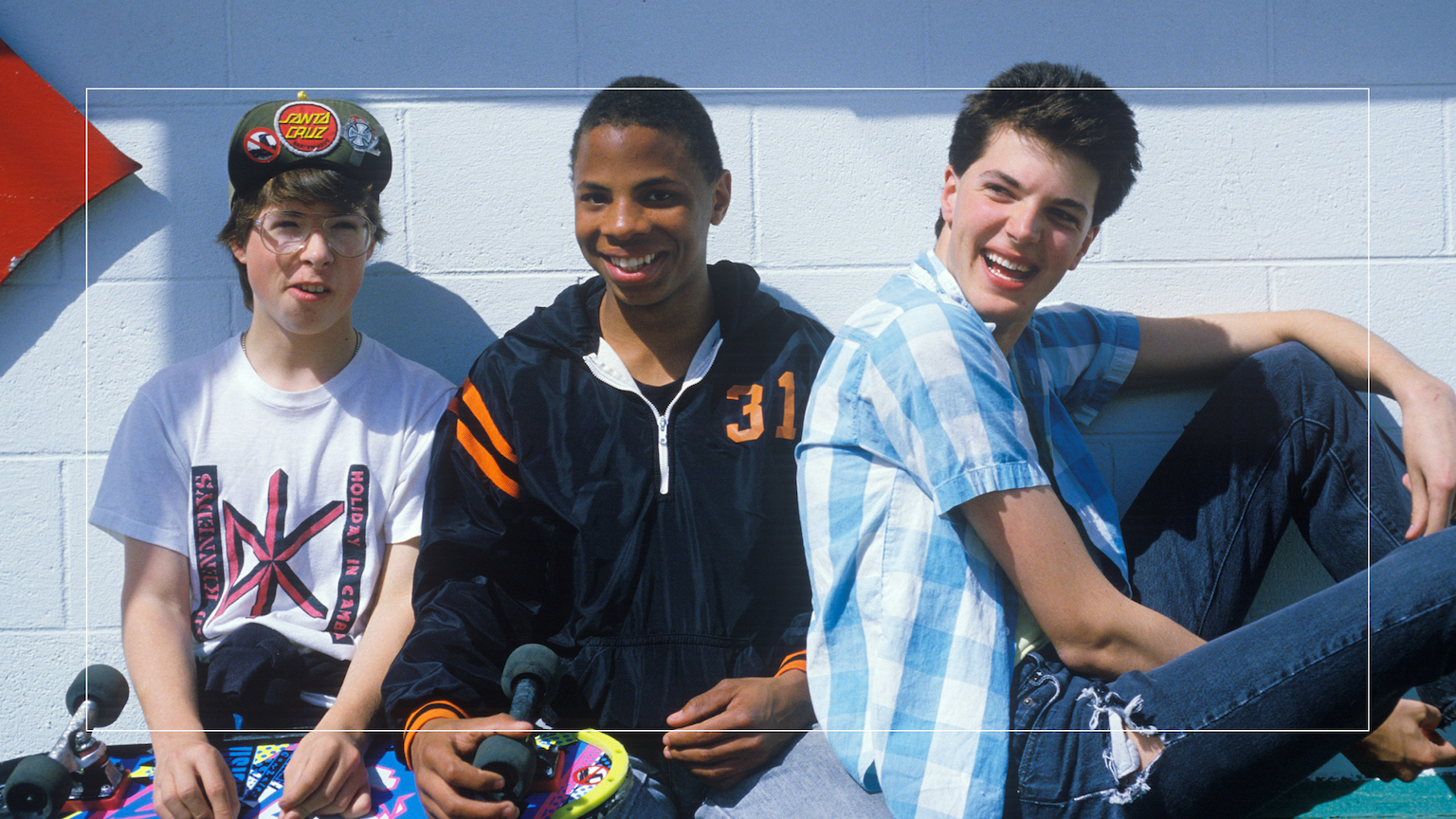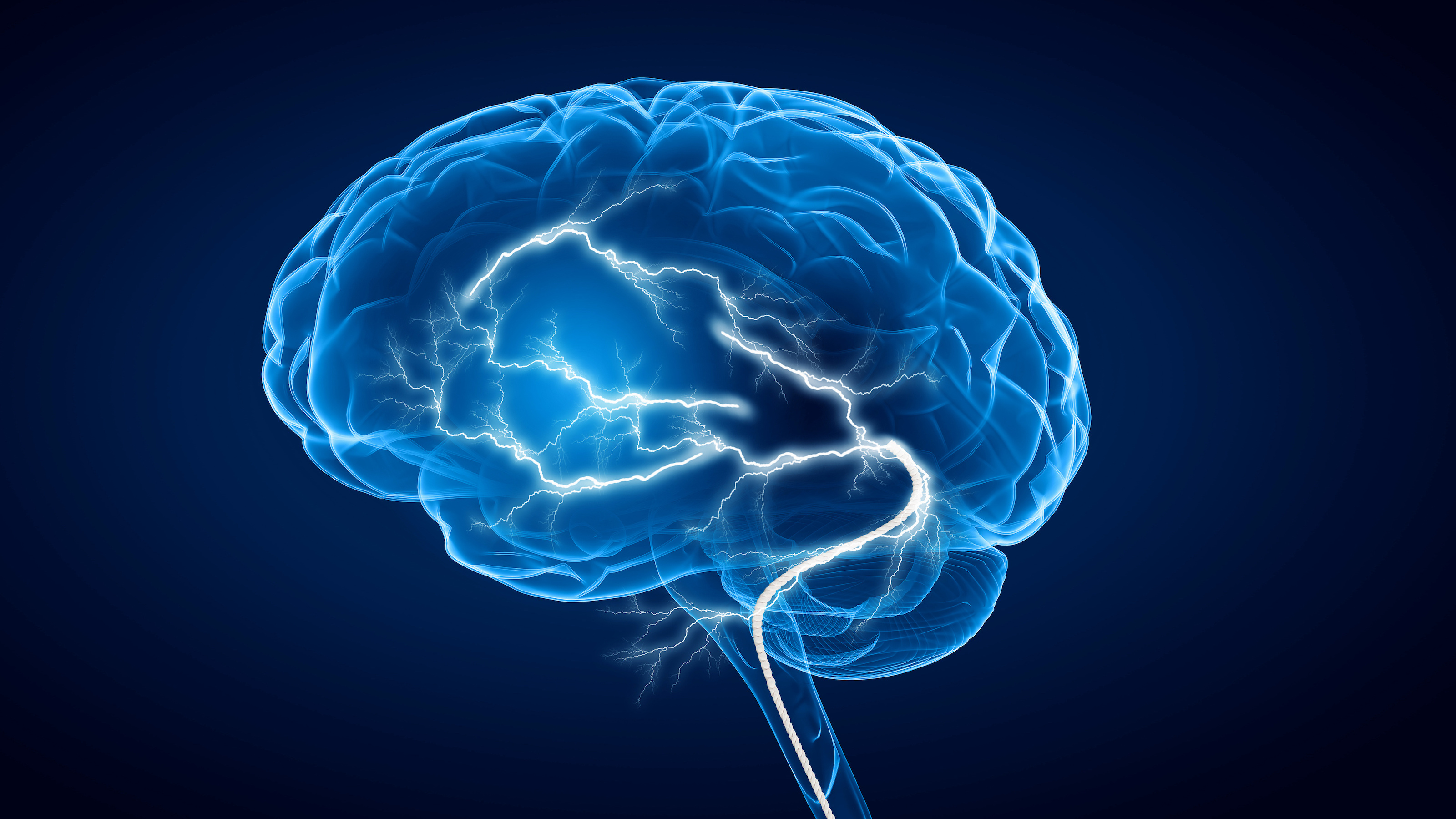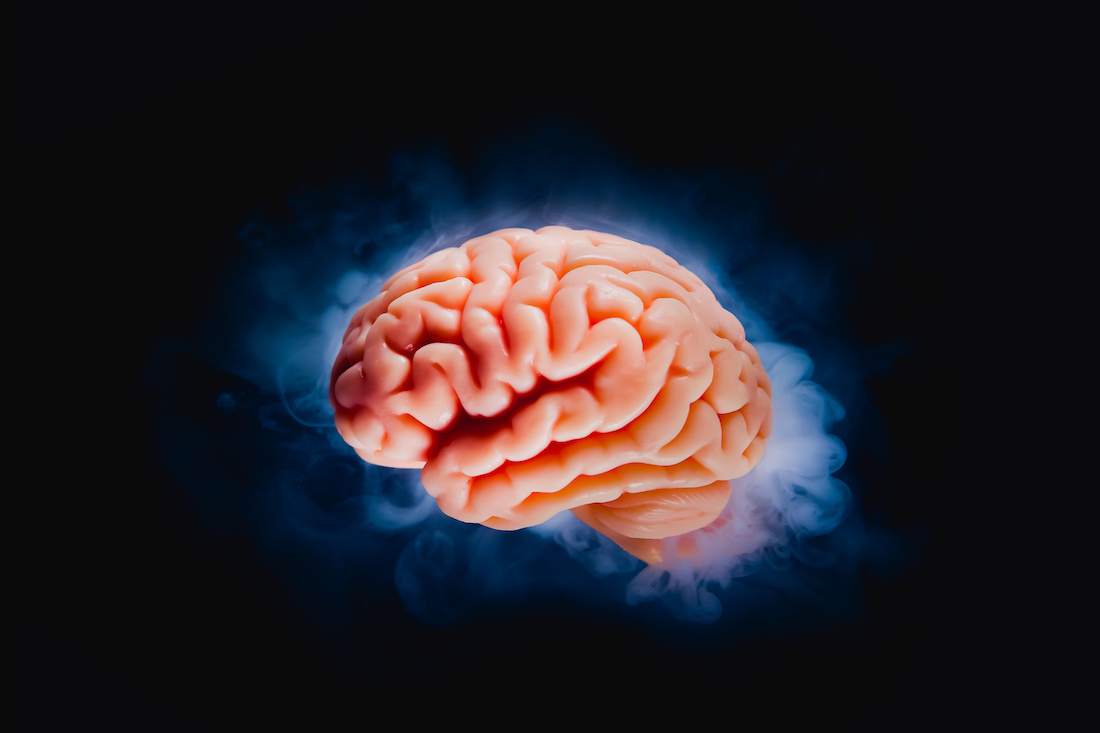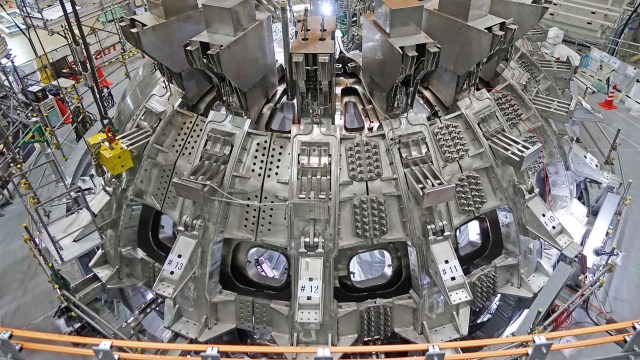At what age do adolescents and teenagers begin to think like adults?

- Adolescence is marked by major changes in psychological, emotional, and social processes.
- It is also marked by significant brain changes, some of which underlie the transition to adult ways of thinking.
- New research reveals how higher-order cognitive abilities mature during this period of life.
Adolescence, defined as the transitional period between puberty and adulthood, is characterized by major changes in psychological, emotional, and social processes, and is often associated with challenging behavior. Teenagers can be moody, defiant, and may engage in substance use and other risky behaviors. It is during this stage of life that people are most vulnerable to developing mental health conditions such as schizophrenia.
According to neuroscientific theory, adolescence is characterized by the gradual maturation of executive function and development of higher-order cognitive skills, such as decision-making and planning, with which we coordinate other cognitive abilities and behaviors. But at what point in adolescence is this maturation process complete?
A new “big data” study shows precisely when executive function matures. The results, published in the journal Nature Communications, demarcate the boundary between adolescence and adulthood, to reveal when adolescents begin to think like adults.
Just in time to vote
Studies of the development of executive function typically examine how processes such as working memory, inhibitory control, and task switching change with age, but most use either small numbers of children and teenagers performing a wide range of these tasks, or large numbers performing just a few. Brenden Trevo-Clemmens of the University of Minnesota and his colleagues aggregated the results from four large independent studies to create one data set comprising the performance of nearly 10,800 individuals aged between 8 and 35 years on 23 different measures of executive function from 17 distinct tasks. They were thus able to chart the maturation of executive function throughout adolescence.
Analysis of the data revealed that performance on almost all the tasks improved with age, with the biggest improvements occurring between early to middle adolescence (10-15 years of age), and smaller but still significant improvements from middle to late adolescence (15-18 years). Performance on all the measures stabilized to adult levels between 18 and 20 years of age.
The authors say that their findings confirm, and provide rare direct evidence for, the idea that adolescence is a distinct transitional phase during which goal-directed executive functioning reaches maturity.
The brain keeps changing
Executive function depends largely on a brain structure called the prefrontal cortex (PFC), which undergoes protracted maturation during adolescence. Numerous brain imaging studies show, however, that PFC maturation continues well into the third decade of life — far later than the maturation of executive function observed here.
“The PFC is clearly relevant for executive function, and both brain processes and cognitive performance may be used to demarcate the boundaries of adolescence,” says Tervo-Clemmens. “Our work focuses on behaviors as defined by computerized cognitive tasks, and we did not measure brain processes themselves.”
“One idea we have is that brain maturation in the 20s may be important for fine tuning variability from day-to-day or across contexts, which isn’t well captured by lab-based computerized cognitive assessments,” he adds.
“Likewise, we think cognitive charting and brain changes are just one part of the puzzle when it comes to determining when adolescents reach adulthood, and should be used in parallel to emotional responses and sociocultural frameworks to discuss and consider the bounds of adolescence.”
Tervo-Clemmens says that he and his colleagues are planning to investigate the matter in contexts that more closely resemble the real world, by assessing executive function in participants’ day-to-day lives using, for example, smartphone apps, rather than relying only on lab-based tasks.
“This will help us better understand multiple sources of variability, both within and between individuals, and get closer to real-world outcomes,” he says. “We also plan to continue to develop these insights to inform the emergence of mental health presentations, which typically first emerge during adolescence, that may be associated with executive function.”





